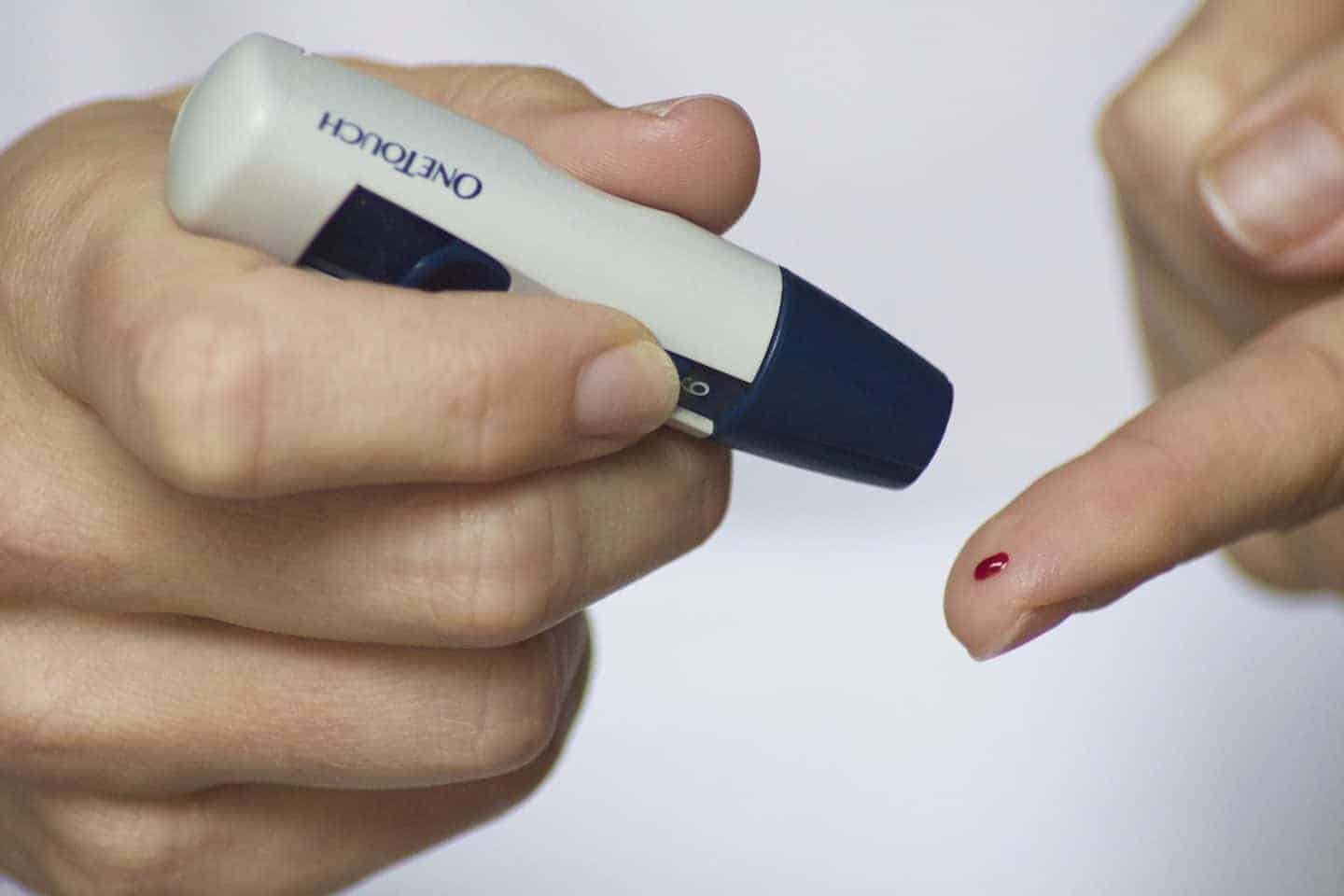Diabetes is a condition that causes a sufferer’s blood sugar to reach dangerous levels. This happens due to the pancreas’s inability to produce insulin, the hormone that regulates blood sugar.

The reason for insufficient insulin production varies between the two forms of diabetes:
- In type 1 diabetes, the person’s immune system attacks and kills the cells that produce insulin.
- In type 2 diabetes, the body does not produce enough insulin hormone, or the person’s cells are not reactive to insulin.
Diabetes Signs to Look Out for As You Age
The risk of both type 1 and type 2 diabetes increases with age. If you have ever had high blood pressure, a heart attack, a stroke, mental illnesses, or polycystic ovaries, you should be extra wary of the symptoms of diabetes. The risk is also higher in people who are overweight or carrying a lot of weight around the middle, white people over 40, and South Asian, Black African, and African-Caribbean people. With this in mind, the online health resource Rolling Paper has further information regarding symptoms, how best to recognize them, complications, and risk factors for Type 2 Diabetes.
Many diabetes symptoms are caused by factors relating to age – people are much more likely to suffer from diabetes risk factors the older they get. However, many of the condition’s symptoms are associated with natural ageing. If you’re worried about diabetes, there are many prediabetes symptoms & treatments you be aware of as you age.
1. Needing to urinate more
The need to urinate a lot could be a sign that a person is diabetic. This condition is called polyuria, defined as a person passing over 3 litres of daily urine. A non-diabetic adult will usually urinate between 1-2 litres. This is a serious problem that can lead to dehydration and potentially cause kidney damage. If you’re worried about your urination frequency, consult your doctor.
2. Being overweight

A person being overweight isn’t so much a symptom of diabetes but is a leading cause. For this reason, watching your weight as you get older is very important. It is common for older people’s weight to creep up as they become less active due to illness, aches and pains, but it is recommended to remain as active as possible. Taking walks, doing some gentle resistance training, and doing exercises that help with balance all help people to stay active as they age and prevent falls. Exercises to build strength and flexibility are both very helpful for maintaining mobility.
3. Unexplained weight loss
Even though being overweight increases the risk of diabetes, a symptom is unexplained, rapid weight loss. This means that if you are typically overweight but have recently and unusually lost weight without trying, you could suffer from diabetes. This doesn’t only affect overweight people – if you have recently lost weight unexpectedly and are experiencing more diabetes symptoms, it’s recommended that you get medically checked.
4. Fatigue, lethargy, & tiredness

Feeling weak and tired can be a sign of diabetes. This results from blood glucose levels being too high or too low and your body having difficulty processing it. Feeling lethargic after meals is often a symptom of diabetes – but as we all know, this can happen when non-diabetic people eat a lot too! The signs of the condition are vague, but if you are older, overweight, or have increased risk due to your heritage, visiting the doctor to check for diabetes or other underlying causes is a good idea.
5. Blurry vision
Most people’s vision deteriorates in some way as they get older, but this is also a sign that you may be diabetic. ‘Blurry’ vision is most often defined as a lack of sharpness or inability to see fine details. Having high or low blood sugar can temporarily cause vision to become blurry and then return to normal. Whether this happens frequently or not, the problem should be quickly addressed in case it is related to diabetes or another form of eye disease. Go to a doctor or optician if you’re suffering from blurred vision.
6. Numb or tingling hands and feet

Diabetic nerve pain occurs most commonly in the limb extremities. Poor control of blood sugar levels can result in a tingling sensation or numbness in the hands, fingers, feet and toes. These uncomfortable sensations can escalate into mild pain and eventually get so painful that walking is nearly impossible, and the slightest touch is unbearable. Sometimes diabetic nerve pain can be alleviated by losing weight, exercising, eating a special diet or quitting smoking. If you have been experiencing numb extremities, tingling or feeling of pins-and-needles, assess yourself for diabetes.
